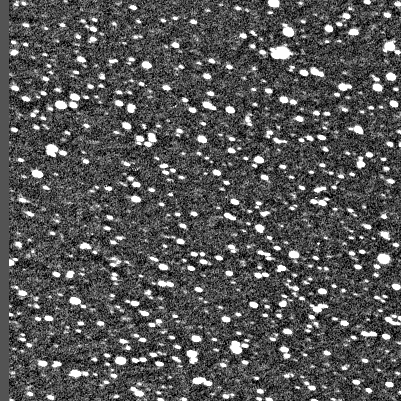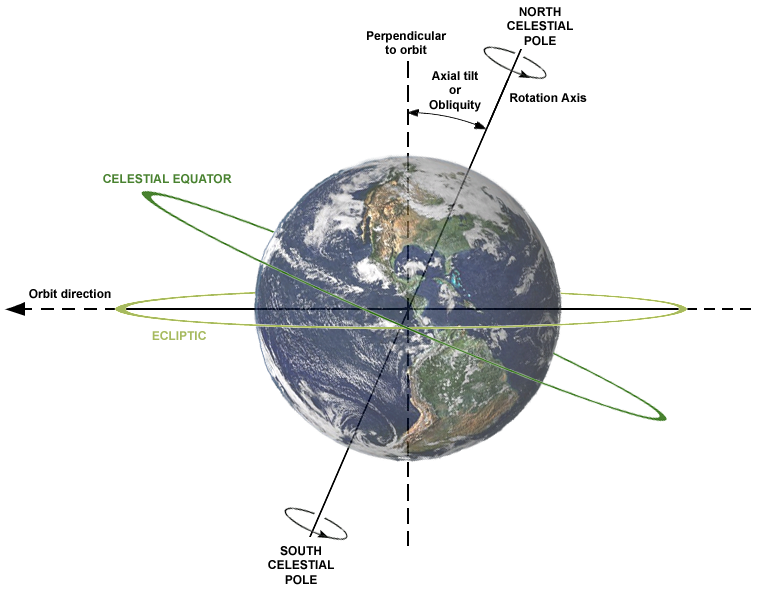Asteroid Claerbout
by Jon Claerbout copying extensively from email of Joe DellingerAsteroid "Claerbout" is identified at this NASA web site. or this one..
This asteroid was discovered in 2003 by my former student Joe Dellinger and named by him for me in 2011. He prepared the official citation:
"Jon Claerbout (b. 1938) is a prolific contributor to the theory and art of exploration seismology. He was the first to demonstrate a practical method for imaging the Earth's interior using wavefields modeled in a computer. He also pioneered seismic interferometry, a method now used to probe the sun."Don't confuse this with "Name a Star"!
Joe has discovered a number of asteroids. He noted this asteroid is particularly suited to me as its inclination "i" is extraordinary. It is 23 degrees which happens to be the axial tilt of the earth.
Joe also noted its "Alternate Designation" being "2003 KX18 = 2005 WE152" contains "KX" which coincidentally in mathematical physics generally designates a horizontal frequency (inverse wavelength), frequently found in my publications.

How big is it? 2-6 km diameter.
Joe writes,The "H" value for your asteroid is 15.0, which is the brightness it would have if it were 1 AU from the Sun and Earth and fully lit.At The Minor Planet Center (MPC) they say depending on the Albedo (whiteness) the size of an H=15 magnitude asteroid should be between 2-6 km in diameter.
That's one of the larger objects I've discovered. Asteroid Claerbout is bright enough that these days the all-sky surveys pick it up several nights a year in their sweeps. Its orbit isn't very eccentric so it will get reasonably bright every year. Already in 2003 it was a bit of a fluke one this big and bright was still an unknown object. Although, "bright" is a relative thing. It's still too dim to observe visually even in a giant telescope. It's photography that makes it visible.
Let us see it!
Joe writes, " Here are the discovery images of "Claerbout", from 28 May 2003 in animated gif form. This is not the entire image, which would be 42 x 42 arc minutes. This cropped image is about 16.5 arc minutes on a side.

There were 4 asteroids in the original image, two known and two unknown. Three of the four were bunched together by chance, and "Claerbout" was one of those three, so in this image there are three asteroids. Can you spot all three? Which way are they moving? Look now before we tell you where they are.
The brightest one is at (x,y)=(horizontal,vertical)=(30%,15%) moving East.
The one on the left (x,y)=(5%,35%) moving ENE is "2003 KY18" is another discovery of mine, not yet named.
Asteroid Claerbout was originally known as "2003 KX18". It is near the middle at (x,y)=(60%,60%) moving ESE.
I shot the field twice that night because I knew I was shooting in a crowded star field on the fringe of the summer Milky Way and chances were high the asteroids would be near stars a lot of the time. So I first shot for 27 minutes. That's the first set of 4 images in the movie. Then I shot other fields, then I came back and shot for a few minutes more after a gap of 105 minutes. That's the last image. That's why you see the asteroids move smoothly and then take a big jump in the last image.
You can see my strategy was a correct one because 2003 KX18 was quite near a star for the latter half of the first set.
Here is my data from that night."
More of Joe's reflections on his asteroid discoveries
"And what of F35285? We thought we got a 2nd night but the MPC didn't link the two nights together. Well, it's now numbered object 278247, with the professional survey "Spacewatch" as the discoverer and a discovery date of 11 March 2007. But that's four years after we got a close pair of nights on it back in May 2003! And the residuals file shows that there was nothing formally wrong with our 2003 observations! This goes in the category of "life isn't fair". On the whole we've probably benefitted more that we've lost from these sorts of unfathomable variations in what observations the MPC would link. In retrospect we should have shot that object a 3rd night and then we'd have gotten the discovery. Easy to know that now! Another field means two hours less sleep... (one hour shooting, one hour processing).
In October 2010 the MPC changed their rules for awarding discovery credit partly to address complaints about the perceived randomness of who got discovery credit. Now credit isn't assigned until the object is numbered, and the new rule is a simple one: earliest observation in the earliest year with at least two observations wins. (This is a slight simplification of the actual new rules, but it gets the gist of it.) By the new rules our pair of nights from 2003 would have given us credit... but objects already numbered in October 2010 (like this one) are grandfathered under the old rules.
The main effect of the new rule is to make it MUCH harder to discover new objects, because old isolated observations have much more precedence than they did before. Under the new rules, we wouldn't have held onto 2003 KX18, for example! On the plus side, some of our old isolated one-night observations from the early 2000's that hadn't yet linked to any known object are now unexpectedly coming good. We've had three "new" discoveries awarded in 2011 that way so far. Again on the whole the rule change is probably giving us a few extra discoveries, on balance.
However, it's a bit sad and ironic that our era of asteroid discovery is now quite likely over, and what finally finished us off wasn't a brightening sky from too much Houston light pollution, or amazing new professional surveys, but a bureaucratic rule change!"
